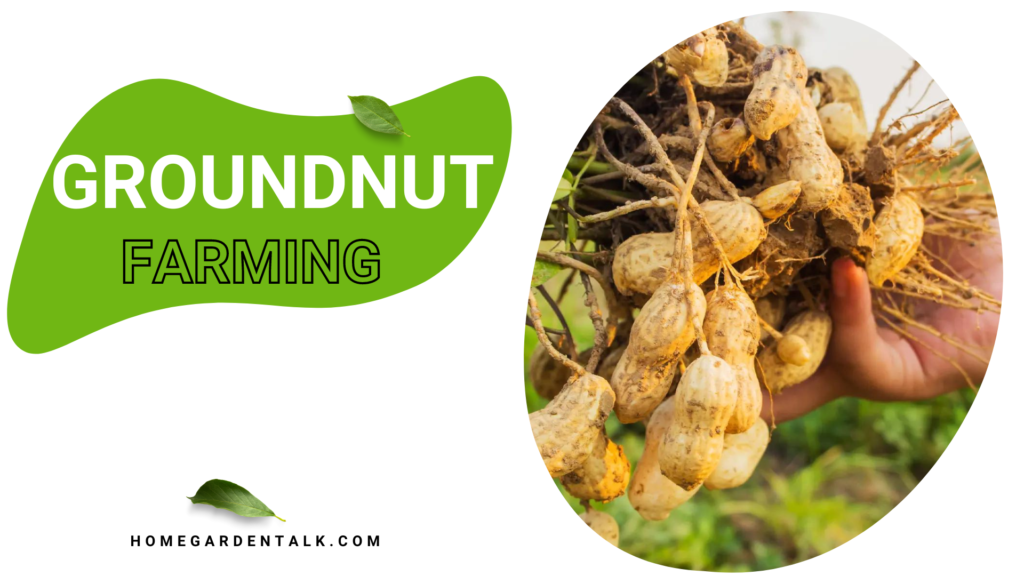Importance of groundnut crop:
(1) Groundnut, especially the Weldii variety, is spread over the ground to prevent soil erosion and water runoff in sloping fields of arid and semi-arid areas.
(2) It is an important crop containing high amount (50%) of edible oil, from which vegetable ghee can be made into ghee.
(3) This crop does not fall like other crops in heavy rains or storms.
(4) Legumes are a class of crops, so rhizobium bacteria in the root nodules of the plant take nitrogen from the air and fix it for growth and add additional nitrogen to the soil, thus the soil becomes fertile. Thus it can also be called as organic fertilizer (biofertilizer).
(5) The plant is small and can be sown as a mixed crop or intercrop with several other crops and produce more than two crops and, being mainly a rain-fed monsoon crop, the risk of cultivation can be reduced. Can be sown with tuwer, cotton, castor, sesame etc.
(6) Not only has the highest oil content of oilseed crops, groundnut oil, apart from being an excellent edible oil, can be stored for a long time and can be used repeatedly in frying. Peanut oil can be used in many everyday recipes.
Planting time:
Sowing is done in three phases of sowing time for monsoon sowing.
(1). In order to get a good yield, before the monsoon rains i.e. from the last week of May to the first week of June, groundnuts should be irrigated in advance. .
(2) If there is rain from 15th June to 30th June, any kind of groundnut can be planted for timely planting, be it Ubhadi or Ardhiveldi or Veldi. In which Ardhaveldi, GG-20 should be preferred.
(3) If there is late rain in the month of July, only early maturing varieties like GG-2 or GG-5 or GG-7 can be planted. Thus three types of early, timely and late planting are done in groundnut.

